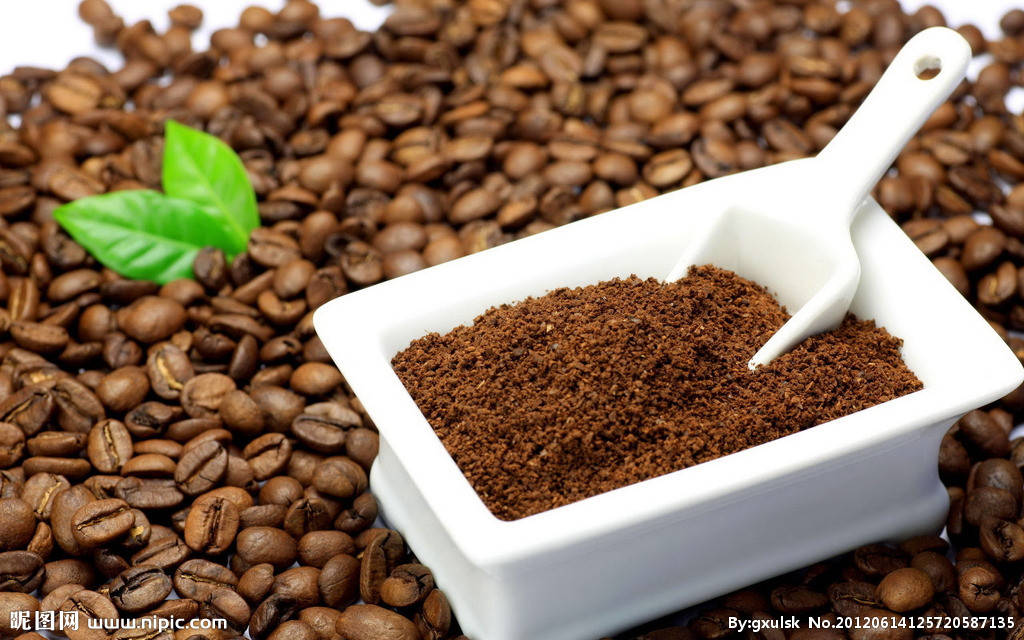To drink coffee, you must know the common sense of coffee.

Coffee is one of the three major beverage crops in the world (coffee, tea and cocoa). Its output ranks first among the three beverage crops and is the second largest raw material product after oil in international trade.
Coffee originated in north-central Africa, has been widely distributed in Asia, Africa, Latin America, Oceania and other 76 countries and regions. In 2008, the global coffee planting area was about 11.9 million hectares, with a total output of 8.04798 million tons and a total output value of 22.056 billion US dollars. Among them, small grains of coffee accounted for 20%.
Yunnan Province is the main coffee producing area in China. In 2008, the planting area of coffee reached 23333.33 hectares, with a total output value of 28000 tons, with a total output value of 600 million yuan, accounting for 98% of the country's area and output, and 95% of the country's exports. small-grain coffee has become a unique advantage of agricultural products in China, and has become the three major export advantage agricultural products of Yunnan Province.
Second, how to choose coffee beans
1, freshness: grab one or two coffee beans in the mouth to chew, bitter crisp sound, indicating that the coffee is not damp, both high-grade. You can knead it by hand to check whether it is the core coffee bean. if the coffee bean has lost its fragrance or smells stale, it means that the coffee bean is no longer fresh.
2. Purity: grab a handful of coffee beans and observe whether the color, size and shape of each coffee bean are similar, so as to avoid buying inferior products of mixed coffee beans, but if it is a comprehensive bean, it is normal to have different size and color. Medium heat and medium-deep roasting will cause coffee beans to produce oil, but lightly roasted beans will show that they have gone bad, not only reducing the purity of aroma, but also astringent and sour taste.
3, appearance: it is difficult to distinguish the surface shape, it is usually better for those with black cracks (because they are dry for a considerable time), and if there are white lines in the cracks, they are washed or processed. Not that the surface is smooth and flat, it must be delicious.
The freshly fried coffee beans are not suitable for drinking immediately. They should be placed for a period of time to fully release the aroma. At this time, the coffee beans are the freshest, the aroma and taste are the best, and the ideal purchase quantity is to drink them in one month.
Third, the variety of coffee
1. Arabica species (Arabica small grain coffee species)
Accounts for 85% of the total coffee production, including Brazil, Colombia, Guatemala, Ethiopia, etc., beans are turquoise, small particles have a special flavor and sweet acid, and drink well with other coffee. The variety is excellent and more suitable for the needs of the public.
2. Robasta (Robusta)
Roughly planted on the Indonesian island of Java, drought-resistant and insect-resistant; bitter taste, but with fragrance, especially the unique sweet taste after cooling, suitable for the preparation of cold coffee, is mellow and extremely bitter.
3. Liberian species (Leberica)
The quantity of this variety is very small, most of it is used to synthesize coffee and make coffee essence, it is difficult to see on the market, and the quality is not good.
Important Notice :
前街咖啡 FrontStreet Coffee has moved to new addredd:
FrontStreet Coffee Address: 315,Donghua East Road,GuangZhou
Tel:020 38364473
- Prev

What are the functions of coffee basic knowledge caffeine?
Caffeine may be the first thing that comes to mind when it comes to coffee beans, but what is caffeine? it is said that coffee can cheer you up, so what are the effects of caffeine? Caffeine is a mild stimulant that contains less caffeine in our daily drinks such as tea, cocoa and chocolate. It is also found in carbohydrate drinks such as cola and some anesthetics.
- Next

Roasted coffee there are three degrees of roasting of coffee beans: light, medium and deep
1. The general roasting of coffee beans has three degrees: shallow, medium and deep. Light baking color light polyacid intermediate baking in acid strong fire baking deep color, taste bitter baking degree the lighter the sour taste, the deeper the baking degree, the greater the sour taste, the more bitter taste.
Related
- Beginners will see the "Coffee pull flower" guide!
- What is the difference between ice blog purified milk and ordinary milk coffee?
- Why is the Philippines the largest producer of crops in Liberia?
- For coffee extraction, should the fine powder be retained?
- How does extracted espresso fill pressed powder? How much strength does it take to press the powder?
- How to make jasmine cold extract coffee? Is the jasmine + latte good?
- Will this little toy really make the coffee taste better? How does Lily Drip affect coffee extraction?
- Will the action of slapping the filter cup also affect coffee extraction?
- What's the difference between powder-to-water ratio and powder-to-liquid ratio?
- What is the Ethiopian local species? What does it have to do with Heirloom native species?

